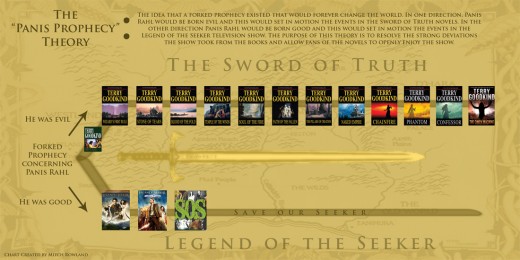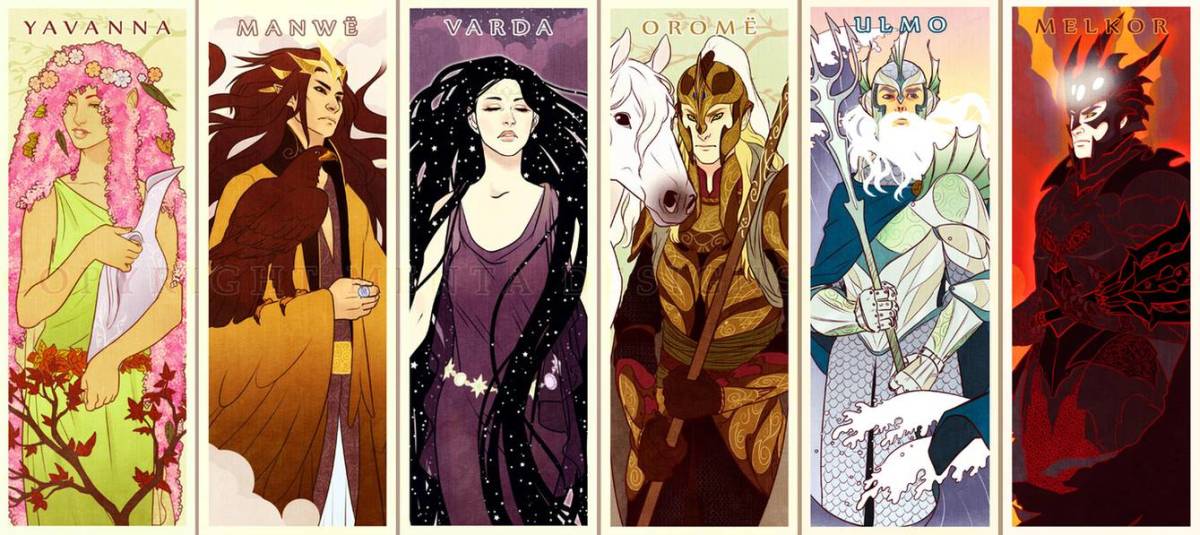- HubPages»
- Books, Literature, and Writing»
- Books & Novels»
- Fiction»
- Science Fiction & Fantasy Books
Resolving the Differences Between the Seeker and the Sword

What if Legend of the Seeker and The Sword of Truth can co-exist?
Anyone who has kept up with my hubs will know that I am a fan of both the Sword of Truth book series, as well as the Legend of the Seeker television show. I featured the television show in my “why you should watch” series and I reviewed the first two books here and here. But to some people, liking both the show and the books is a direct conflict of interest. Most people I knew, who read and enjoyed the book series, claimed to dislike the show because of how much it deviated from the original storyline and outright changed major plot points. When I first watched this show, this bothered me a little bit, but ultimately I was able to overlook it and enjoy the show for what it was. It was for this reason that I joined the Save our Seeker campaign to get the show renewed for a third season. But, I found that it was difficult to bring in more fans, when that argument kept cropping up; it was just too different from the books. So I thought, what could I do to help these people separate the show from the books? Everyone is entitled to their own opinions of any given story, but I strongly felt that these people were not giving the show a fighting chance to entertain them on its own merits. So I started thinking about how I could resolve the differences between the two storylines so that one could watch it as a stand alone product, rather than an adaptation. It was then that I developed the “Panis Prophecy Theory”.

Those who have read the Sword of Truth series will be familiar with the concept of a ‘forked prophecy’. It’s basically a prophecy that could go one of two ways depending on the person, or event that the prophecy is centered around. Our main character, Richard, is frequently scattered throughout prophecies like this. But when I started thinking of Legend of the Seeker as an ‘alternate timeline’ I then realized that a forked prophecy was the perfect explanation. Some event, prior to the first season of Legend of the Seeker, and the first novel, ‘Wizard’s First Rule’, resulted in two storylines splitting away from each other into a sort of alternate universe. The locations and characters are largely the same, but certain key events have shifted, resulting in the deviations.

The Theory
However, I knew that saying a random prophecy existed to solve the whole thing, wasn’t specific enough to be believable, so I had to pinpoint where in the timeline the two stories split apart. The most logical explanation, that I found, was a prophecy concerning Panis Rahl. I won’t spoil any story elements for those who are early in the television show/book series, but if you are familiar with either, you know that Panis Rahl has an important role to play in both timelines, even if he isn’t a constant presence. So what, then, does the prophecy talk about specifically? In my mind, it would be his alignment. If he were to be born with an evil alignment, the timeline would split off into the Sword of Truth timeline. If he were to be born with a good alignment, the timeline would split off into the Legend of the Seeker timeline. Those who have watched both seasons of Legend of the Seeker will know why this theory makes sense, as would fans of the books. But I liked this particular theory because it used the lore of the books (forked prophecies) with a character that is in both timelines (Panis Rahl) and ties both together within a believable universe.

The Plot Holes
As with any theory, there are going to be holes in its validity. For example, the power of Orden is depicted differently in each timeline, and yet the creation of the boxes pre-dates the birth of Panis Rahl. Also, the characters in the Old World would probably be unaffected by Panis’s birth, thus they should have been exactly the same in both timelines, but they weren’t. But, I didn’t say the theory was foolproof. I would have opted for a much earlier prophecy, perhaps one that revolved around the boxes of Orden, but I felt like it worked better with Panis, who was much closer to the point where the two storylines split.
Now, you might be asking yourself why I would come up with an elaborate (perhaps convoluted) explanation to resolve the differences between these two stories? The reason is because it’s a labor of love. I’ve always enjoyed the book series and I felt that the television show was cut short before it could really explore some of the more complex and epic storylines from the book. This is why I continue to support the Save our Seeker campaign, even though the show has been off the air for a few years now. And, when I recommend the show to someone, nothing frustrates me more than the argument that it was just too different from the books. If you don’t like it, that’s fine; some shows don’t appeal to everyone, but there is a good chance that you could be overlooking something great.




